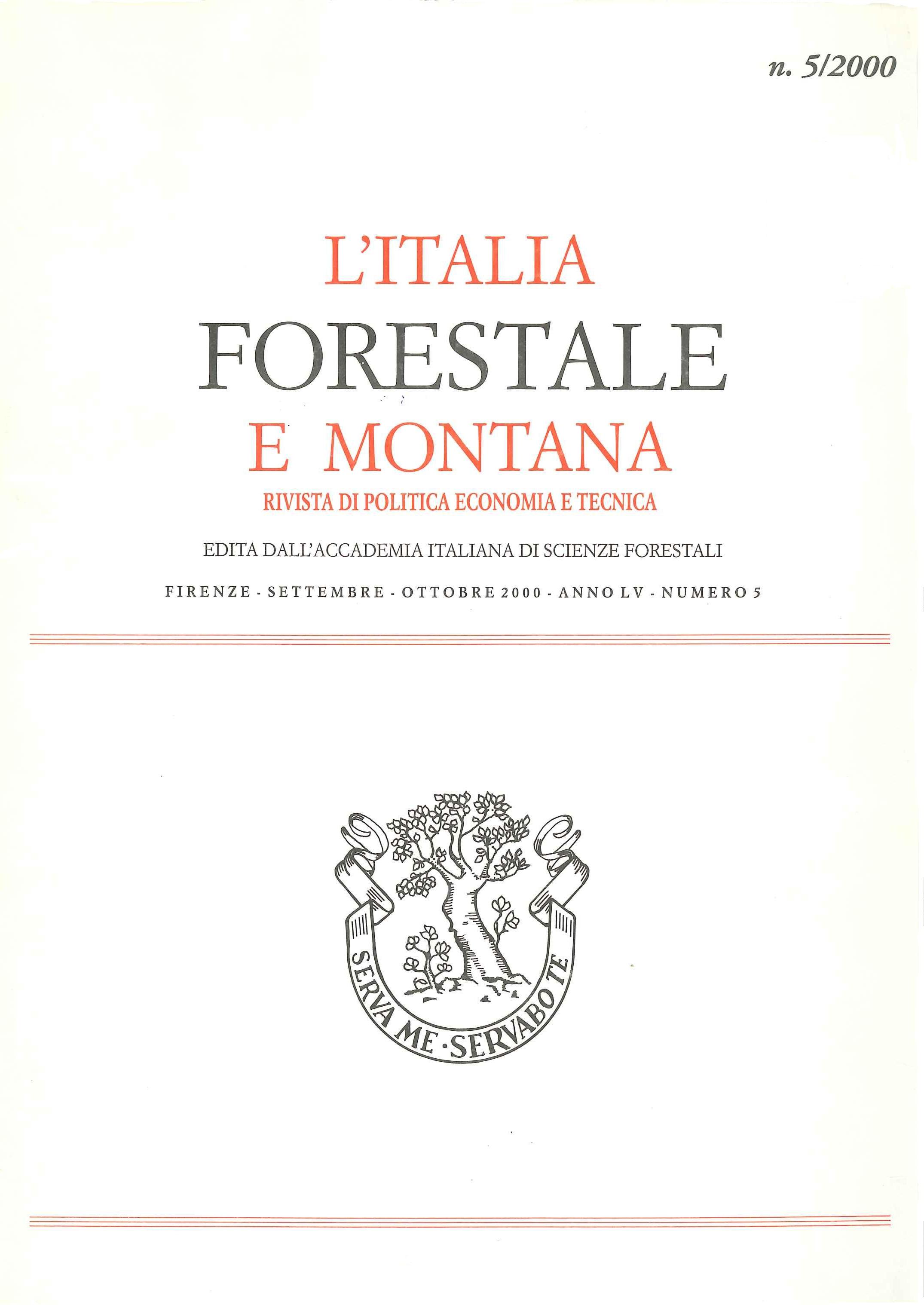Published 2013-06-17
Copyright (c) 2013 Italian Journal of Forest and Mountain Environments

This work is licensed under a Creative Commons Attribution-NonCommercial 4.0 International License.
Abstract
Work safety concerns make mechanization a fundamental need when salvaging windblown timber. However, the peculiar characteristics of some mediterranean tree species may limit the application of a standard Scandinavian-style forestry mechanization. Only an exceptionally powerful harvester can handle umbrella pine, and its profitability under these conditions is still to be proven. A grapple-saw represents the most interesting alternative, which benefits from a lower investment cost and a higher operational flexibility. An excavator fitted with a grapple-saw costs one third as much as a purpose-built harvester and it can be used for felling, crosscutting, bunching and loading. Overall, the operation studied proved to be trim and effective: its productivity reached 100-120 tons/day, for a cost around 15 €/ton. The ecological performance of the extraction vehicles could be improved, but it is still within safe limits. Extraction does not affect a larger surface than normally affected under Italian conditions and its impact does not seem so heavy as to impact forest stability.

